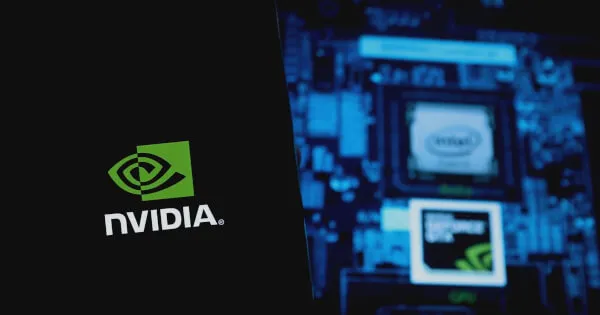
Enhancing ML Models in Semiconductor Manufacturing with NVIDIA CUDA-X
In a groundbreaking move to revolutionize the semiconductor manufacturing process, NVIDIA has unveiled its CUDA-X Data Science libraries, specifically designed to tackle common challenges faced by machine learning models (ML) in this industry. This innovative approach is aimed at enhancing model performance and reducing processing time, thereby ensuring operational viability in high-throughput environments.
The primary focus of these libraries lies in optimizing feature engineering, a critical step in improving model accuracy and deployment readiness. NVIDIA’s solution leverages GPU acceleration to craft features efficiently, resulting in significant reductions of up to 40% in ETL (Extract, Transform, Load) processing times while maintaining or even enhancing model accuracy.
To achieve this optimization, three key techniques are employed:
1. Leveraging Positional Features: This method utilizes spatial data such as X and Y coordinates on a wafer to account for spatial dependencies, which is crucial for predictive modeling due to the potential influence of physical location on chip performance.
2. Coalescing Test Results: By synthesizing multiple measurements into a unified feature by grouping related test results and computing representative statistics, this technique improves model accuracy and reduces unnecessary tests by 20%.
3. Incorporating Prior Probabilities: This approach utilizes historical data to calculate prior probabilities based on factors like tester ID and wafer position, thereby enhancing model predictions by acknowledging inherent manufacturing biases.
The impact of these techniques is a significant improvement in processing times and model accuracy. By integrating these advanced feature engineering methods with NVIDIA’s CUDA-X libraries, the semiconductor industry can now perform complex computations efficiently on GPUs, ensuring operations remain within strict production timelines, which are crucial for late-stage testing and rapid decision-making.
Furthermore, this approach underscores the immense potential of leveraging high-performance computing to drive innovation and efficiency in technologically demanding environments.
Source: Blockchain.News


